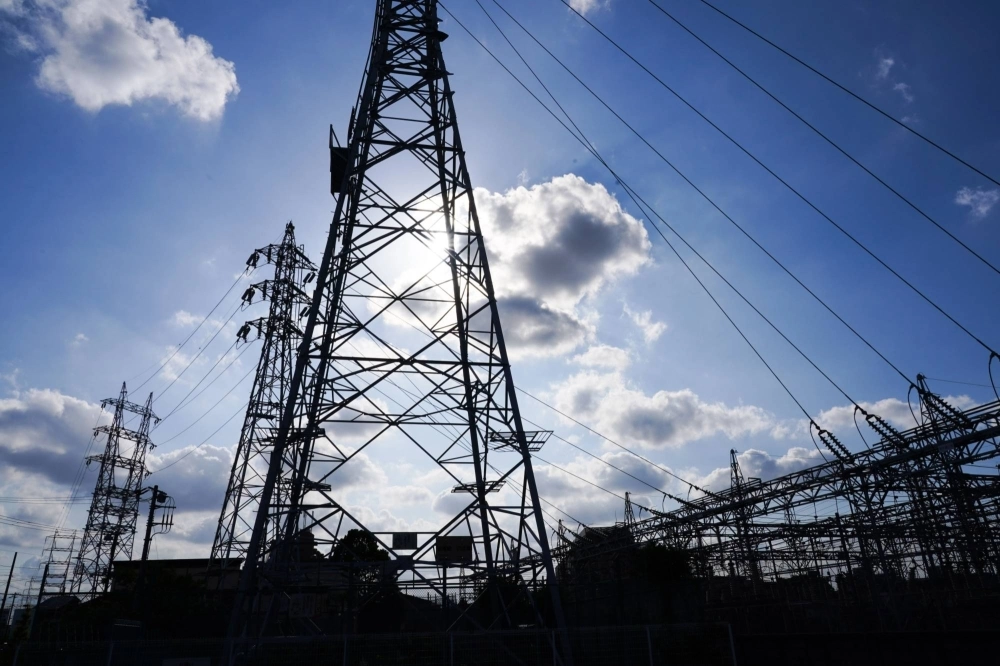Japan’s power supply is expected to be sufficient for both the upcoming summer and winter, according to forecasts from the government.
The power reserve ratio points to enough electricity across all regions from July through September, according to documents released after a trade ministry panel met on Friday. A stable grid generally needs a minimum reserve of 3%, which should be exceeded across all regions. The weakest level predicted is in Hokkaido during July, where the ratio is forecast at 4.4%. Tokyo’s ratio in that month will be 5.7%.
From December through February, the ratio will exceed 10% in all regions except Okinawa.
Japan’s grid has proven fragile in the past, which has sometimes forced the government to ask households and businesses to conserve electricity over the peak months for heating and cooling. The country is relying on aging coal and gas-fired power plants to keep the lights on while much of its fleet of nuclear reactors remains idle. It also needs to account for unexpected outages given its propensity for earthquakes.
Jera is scheduled to begin commercial operation of its gas-fired unit No. 1 at Goi Thermal Power Station in Chiba prefecture this August, according to the documents. That will help add capacity to the grid during the hot summer months.

















With your current subscription plan you can comment on stories. However, before writing your first comment, please create a display name in the Profile section of your subscriber account page.